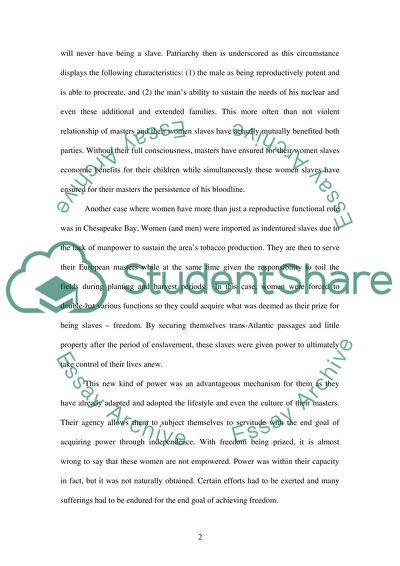Cite this document
(“Womens lives during the sixteenth century colonial America Essay”, n.d.)
Retrieved from https://studentshare.org/history/1429242-womens-lives-during-the-sixteenth-century-colonial-america
Retrieved from https://studentshare.org/history/1429242-womens-lives-during-the-sixteenth-century-colonial-america
(Womens Lives During the Sixteenth Century Colonial America Essay)
https://studentshare.org/history/1429242-womens-lives-during-the-sixteenth-century-colonial-america.
https://studentshare.org/history/1429242-womens-lives-during-the-sixteenth-century-colonial-america.
“Womens Lives During the Sixteenth Century Colonial America Essay”, n.d. https://studentshare.org/history/1429242-womens-lives-during-the-sixteenth-century-colonial-america.


